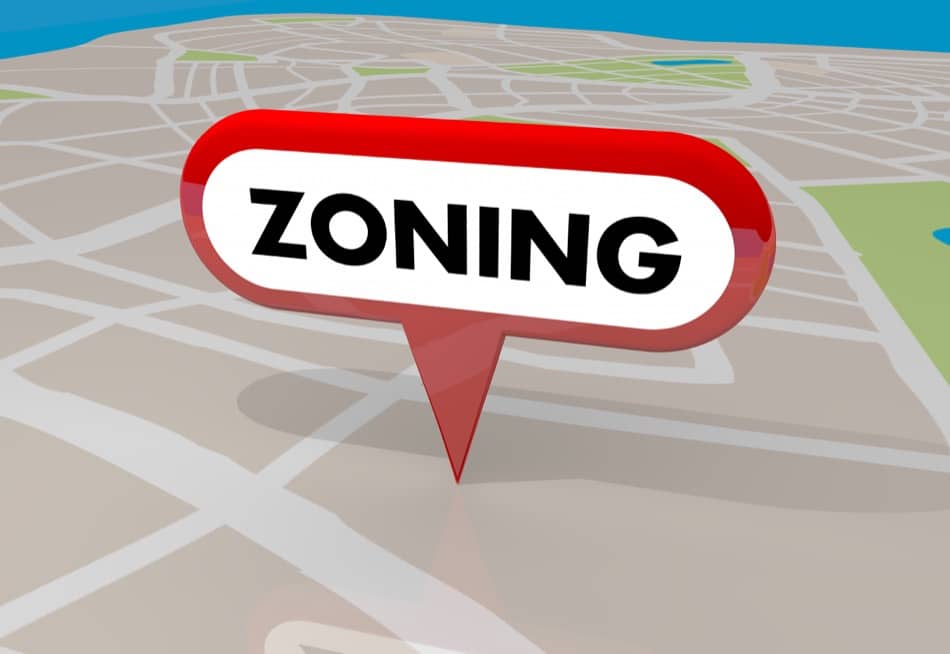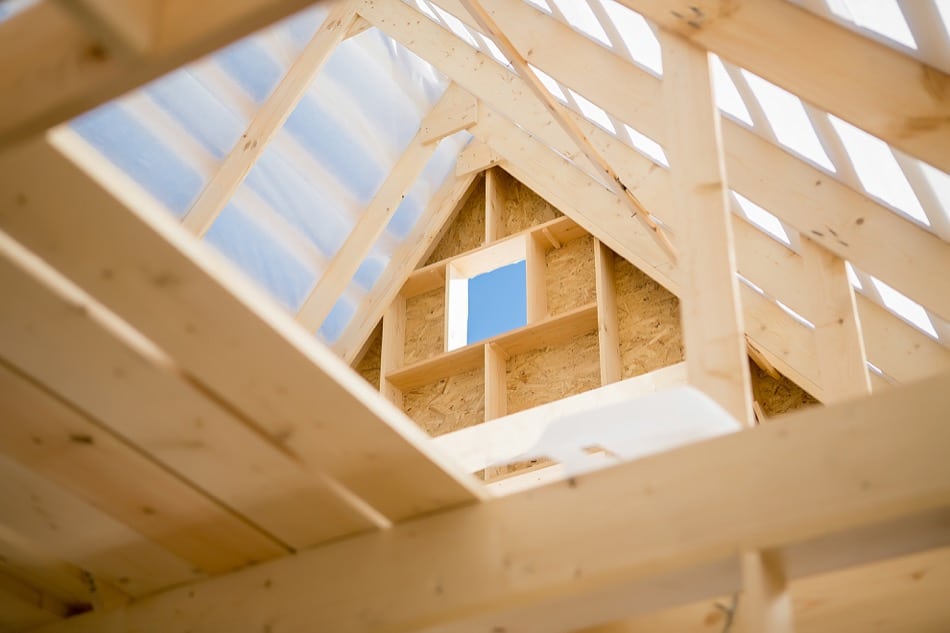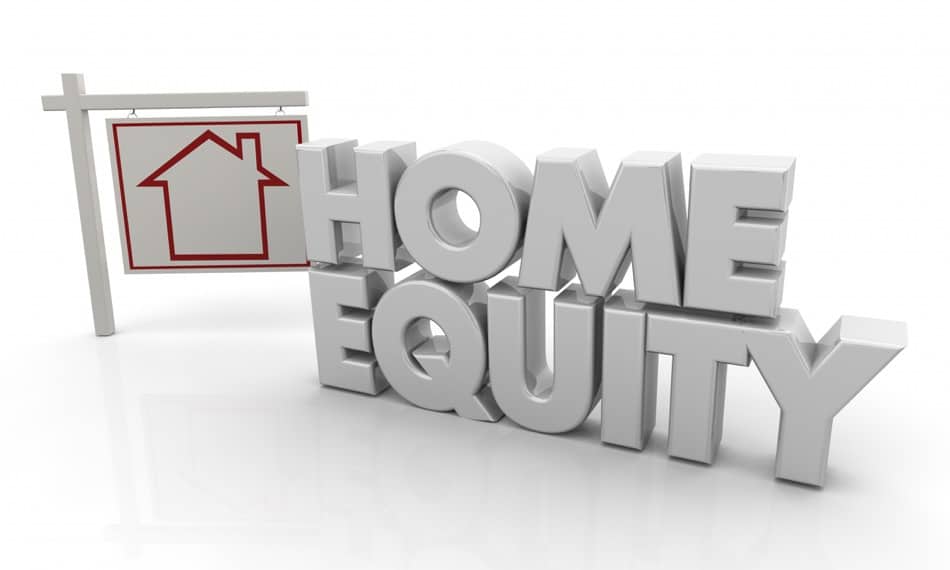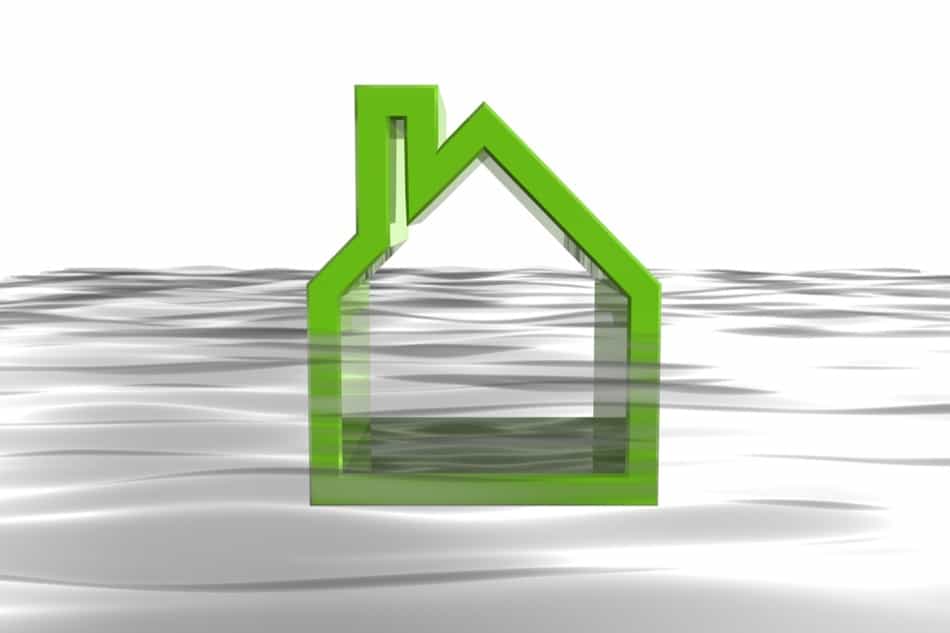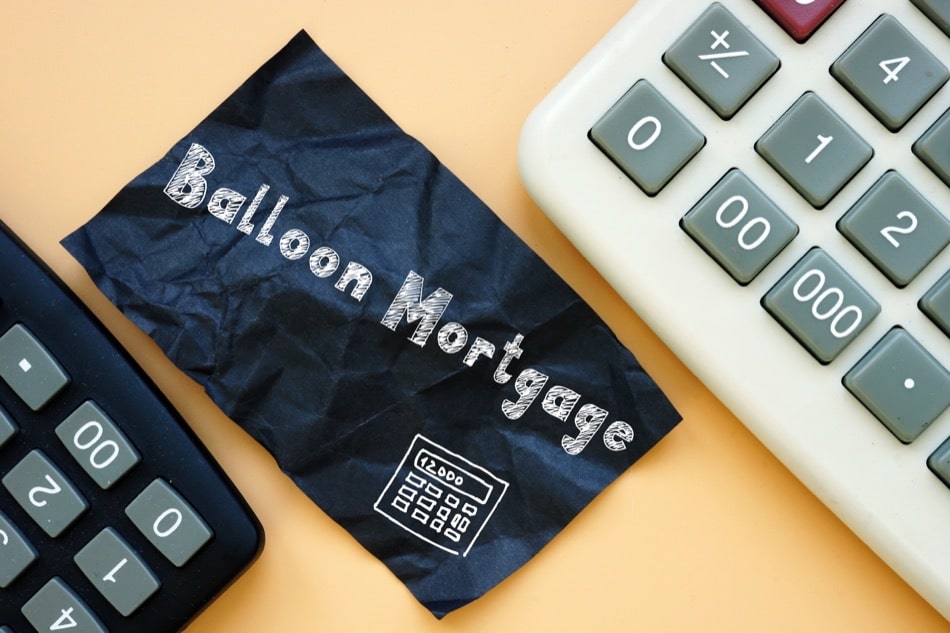
What Is a Balloon Mortgage?
 A balloon loan is a type of mortgage loan that’s designed to be shorter and more efficient than traditional mortgages. During the loan, only a portion of the principle is paid off, and the homeowner is expected to pay off the final balance at the very end of the loan term. Most loans amortize over the course of 15 or 30 years, but the balloon loan is not based on this formula.
A balloon loan is a type of mortgage loan that’s designed to be shorter and more efficient than traditional mortgages. During the loan, only a portion of the principle is paid off, and the homeowner is expected to pay off the final balance at the very end of the loan term. Most loans amortize over the course of 15 or 30 years, but the balloon loan is not based on this formula.
The word ‘balloon’ is referring to how much larger the last payment is in an effort to settle the debt and avoid paying excess interest. The following information details how these payments work, when they’re recommended, and why they’re not often used by homebuyers.
For informational purposes only. Always consult with a licensed mortgage or home loan professional before proceeding with any real estate transaction.
What to Know About Balloon Mortgages
There are a few major perks when evaluating a balloon mortgage:
- Lower interest rates: Balloon payments are based on fixed interest, and these rates tend to be lower than other types of fixed-rate loans.
- Lower monthly payments: Because the interest of a balloon payment is lower, it tends to result in lower monthly payments overall.
- Better flexibility: The lower the payments, the easier it is for homeowners to meet. Homeowners can end up qualifying for more financing than they may have originally considered.
The downside of balloon payments is that the final payment is usually many multiples of the monthly payments. This is why it’s more likely to see balloon mortgages with a commercial rather than a residential loan, as few homeowners can pay these costs. If homeowners do take out a balloon loan, it’s usually because they plan to refinance as the mortgage comes to a close or because they want to sell the property in just a few years.
Balloon Mortgage Terms
A balloon mortgage is a type of fixed-rate mortgage with rates that are not dissimilar to that of an initial adjustable-rate mortgage. In other words, homeowners can get an affordable rate without having to worry that it’s going to increase over time. These mortgages typically last between five and seven years, though exact timeframes will vary depending on the lender.
Homeowners may have these loans presented to them as two steps. The first step is for the borrower to make consistent payments for the length of the loan. When the loan ends, the homeowner might choose to reset the loan, which will then roll it into a new mortgage based on the market rates at the time.
If the loan does not reset, then the homeowner would need to pay for the total amount of loan. However, a reset is not always guaranteed and can be canceled if the homeowner has failed to make timely payments or lost a significant source of income.
When a Balloon Mortgage Is Not Recommended
Investors tend to commonly use balloon mortgages. They might buy a property, keep it for a few years, and then turn it around in five years for a sizable profit. They can keep more of their profits because they weren’t paying as much in interest as a traditional fixed-rate mortgage.
However, if owners anticipate a spike in value but are instead met with a plunge, they may be forced to hold onto the property for longer than they anticipated. If they need to reset the loan based on current market rates, they may spend more in interest than they would have if they’d taken out a traditional 30-year mortgage. In some cases, the homeowner may not even have an option to reset the loan, forcing them into a short sale or foreclosure. It will depend on everything from the homeowner’s current credit score to the state of the housing market.
How Buyers Can Qualify for a Balloon Mortgage
It’s difficult for a lender to determine whether a homeowner will be able to pay for the final major payment at the end of the loan. For example, their ability to pay might be dependent on the sale of the property, a figure that the lender cannot predict. This is why a lender is primarily looking at the borrower’s ability to pay the normal payments on the loan rather than their ability to pay at the very end of the loan term.
The exact amount of a balloon payment will depend on how the owners have paid off their loan and the original price of the property. However, the cost is enough that homeowners should think seriously about making this commitment. Unless owners know they’re extremely likely to sell in a few years, they should consider other mortgages.
For informational purposes only. Always consult with a licensed mortgage or home loan professional before proceeding with any real estate transaction.


